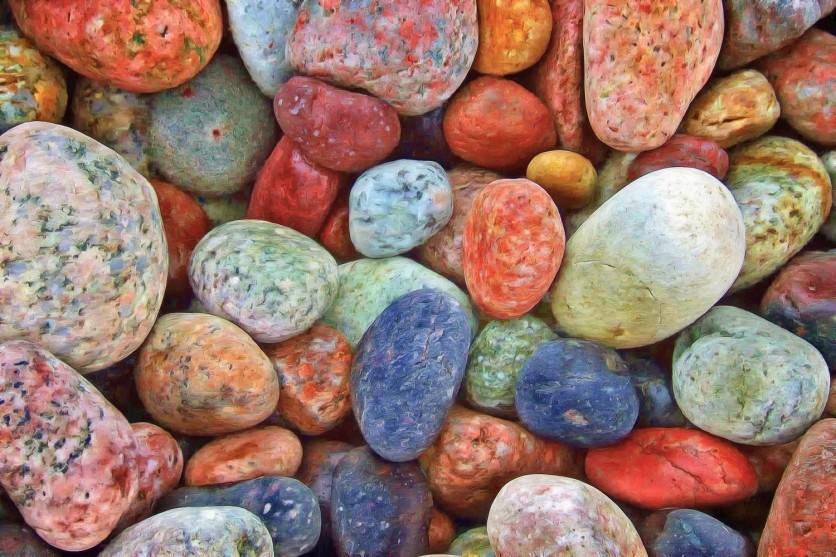In a surprising twist to the quest for sustainable energy, researchers have discovered that rocks could hold the key to the next generation of solar energy storage, as per a press release.
A team of scientists from the Nelson Mandela African Institution of Science and Technology and Ardhi University has uncovered the potential of soapstone and granite samples from Tanzania as excellent materials for storing solar heat.
With their high energy densities and remarkable stability, these rocks could revolutionize the way we harness and utilize solar power.

Lower-tech Alternative for Energy Storage
Traditionally, energy storage has relied on large batteries, which come with hefty costs and resource-intensive manufacturing processes. However, the team explored a lower-tech alternative known as thermal energy storage (TES), which captures heat in a liquid or solid medium.
This approach opens up a world of possibilities for sustainable energy solutions. Among the viable options, rocks such as soapstone and granite stand out due to their formation under intense heat and their global availability.
The researchers focused on the geological belts where the Craton and Usagaran meet in Tanzania, both rich in granite and soapstone. Lilian Deusdedit Kakoko, Yusufu Abeid Chande Jande, and Thomas Kivevele embarked on a quest to uncover the properties of these rocks within each belt.
The team collected multiple rock samples and subjected them to meticulous analysis.
Their findings revealed intriguing insights. The granite samples exhibited high strength, thanks to significant amounts of silicon oxides. However, the Craton granite contained compounds like muscovite, which could lead to dehydration and compromise the rock's stability at high temperatures.
On the other hand, the soapstone samples contained magnesite, contributing to their exceptional density and thermal capacity. When subjected to temperatures exceeding 1800 degrees Fahrenheit, both soapstone and Usagaran granite showcased remarkable resilience without any visible cracks.
In contrast, the Craton granite crumbled under the heat. Moreover, the soapstone exhibited superior heat release capabilities compared to granite.
Overall, the Craton soapstone emerged as the top performer for TES, effectively absorbing, storing, and transmitting heat while maintaining excellent chemical stability and mechanical strength, according to the team.
However, the other rocks might find their niche in lower-energy TES applications like solar dryers.
Storage revolution?
While further experiments are required, these initial findings have sparked hope for a sustainable energy storage revolution. The use of rocks as thermal energy storage materials could prove instrumental in driving the transition to cleaner and more efficient energy systems.
By leveraging the power of concentrated solar power and harnessing the heat of the sun, the possibilities for rock-based energy storage seem promising.
As the world seeks innovative solutions to combat climate change and embrace renewable energy, this unexpected discovery opens up a whole new realm of possibilities. The Tanzanian soapstone and granite samples highlight the potential of these low-tech materials to play a crucial role in our sustainable future.
The findings of the study were published in the journal ACS Omega.
Related Article : Scientists Claimed to Enhance Efficiency of 'Dirt Cheap' Solar Panel Material by 250%

ⓒ 2025 TECHTIMES.com All rights reserved. Do not reproduce without permission.




